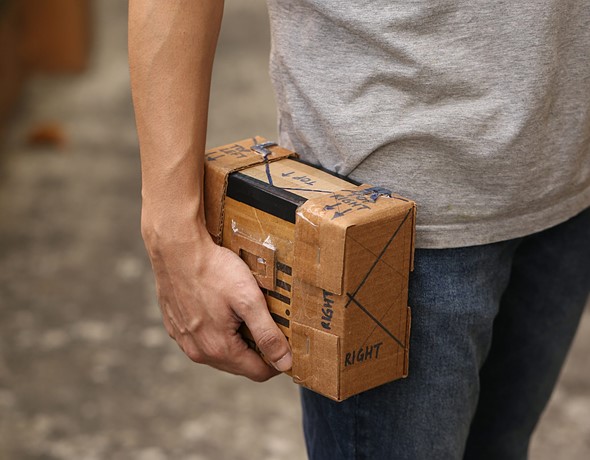 |
| Photo: Sroyon / 35mmc.com |
Pinhole photography is often associated with ‘intro to photography’ -type classes, because it simplifies the process of recording an image down to bare bones. But there is both an art and a science to creating a well-functioning pinhole camera. Specifications like hole diameter and the light-sensitive material’s distance and angle-of-view to the pinhole make a huge difference.
So, how does one elevate the pinhole camera from DIY beginner project to serious creative tool? With a little bit of technical know-how and a whole lot of trial-and-error. Join 35mmc’s Sroyon on their adventures in the world of cardboard cameras.
Read: Making and using a cardboard camera – adventures in pinhole photography
About Film Fridays: We recently launched an analog forum and in a continuing effort to promote the fun of the medium, we’ll be sharing film-related content on Fridays, including articles from our friends at KosmoFoto and 35mmc.




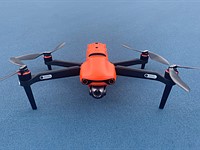
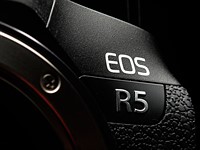
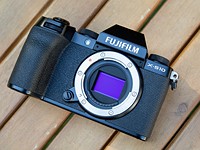
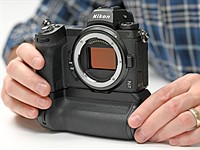
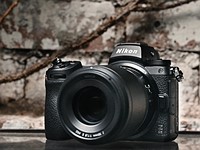
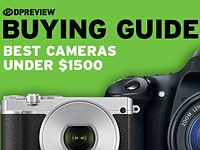

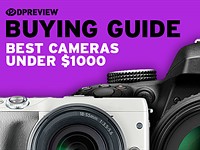
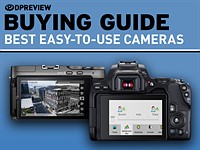
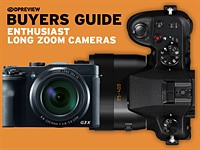
 Started out doing photography at the age of 6 using an uncle's old 1940 kodak brownie box camera. At 15 years of age, I decided to buy my very own 1975 Praktica SLR camera. I now shoot with a Nikon D850. I do unpaid TFP and commercial paid work.
Started out doing photography at the age of 6 using an uncle's old 1940 kodak brownie box camera. At 15 years of age, I decided to buy my very own 1975 Praktica SLR camera. I now shoot with a Nikon D850. I do unpaid TFP and commercial paid work.